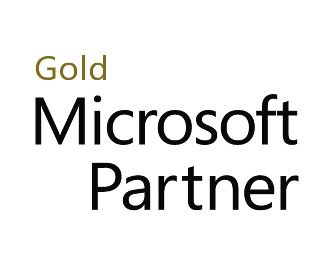IT Asset Tagging Using RFID
Today’s data-dependent enterprises have more IT assets than ever to manage, maintain, and track. The modern data center can easily expand to encompass thousands of servers, storage systems, network devices, desktop PCs, laptops, tablets, and printers. As the number of deployed assets increases, so does the difficulty of keeping track of them all. RFID technology allows users to quickly and easily locate any IT asset, reduce the time required for audits or inventories, and track the complete lifecycle history of any asset from acquisition to disposal. A variety of RFID tags designed to perform in often RF-unfriendly IT environments are available in sizes and form factors that are ideally suited to tag assets where available space can be very limited.
The Challenge
IT assets come in many different configurations. Even models from the same manufacturer will have different physical characteristics. The location of power switches, air vents, connectors, controls and indicators is variable by manufacturer and by model. The physical construction of the IT asset is also variable; one model of server may be very RF friendly (plastic) while the model next to it may be mostly metal construction.
General Placement Considerations
For all IT assets, some general guidelines should be followed:
- Identify the asset with the least amount of space available to affix a tag—that will be the maximum size of the ideal tag when tagging assets of different sizes.
- Choose a tag that performs on and off metal that reduces the number of tag types required to purchase / inventory.
- Find a smooth flat area the size of the tag; the flatter the surface, the more area the adhesive has to stick. For assets that do not have space to apply an adhesive-backed tag, choose a tag that can be attached using alternate methods, such as a zip tie.
- Ensure that tag placement does not interfere with the operation of or the mounting of the device in its final location.
- Do not place the tag over ventilation holes, as this may cause the device to overheat.
- Attach the tag to an area on a device that is fixed, i.e. a battery pack or device cover can be separated from the actual asset, so would not be a good place to attach a tag.
- The Financial Services Technology Consortium (FSTC) recommends that RFID tags be permanently attached to the front face of rack mounted assets.
- TEST, TEST, TEST the tag’s readability when the IT asset is placed in operation.
Summary
The benefits of RFID in IT asset tagging will easily be recognized when done properly. With properly tagged IT assets, a labor savings will be recognized in the form of reduced time to audit your IT asset inventory. Some of the benefits that will be achieved as a result of the RFID tagged assets:
- An entire rack of IT assets can be read in seconds with using a hand held RFID reader.
- Audits are 10 times faster than traditional barcode inventory methods.
- The shorter time to audits will help to ensure they are done on a regular basis, resulting in more accurate asset inventories.
- The accurate inventories will help your company to meet compliance requirements such as Sarbanes-Oxley or other accounting practices.
Don’t miss the detailed version, download free ebook now!






